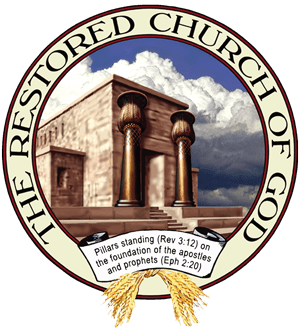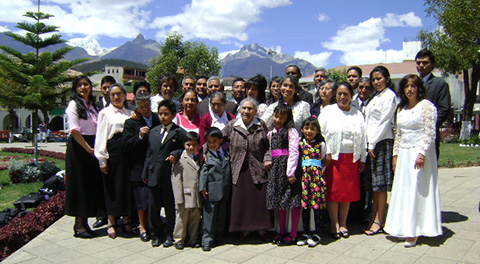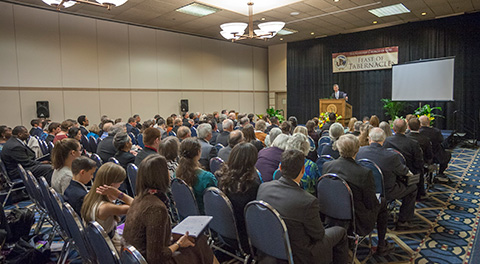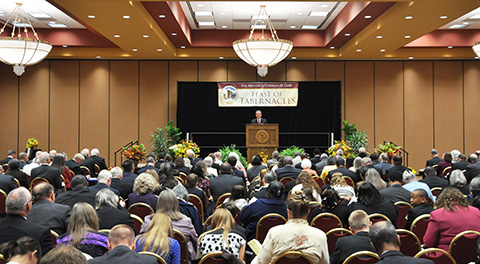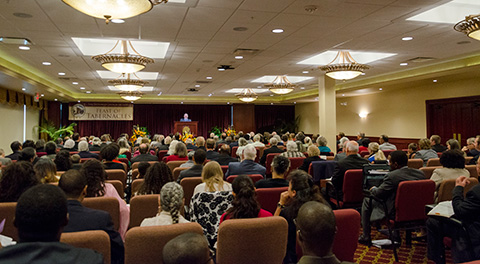The cross was not widely used in mainstream Christianity until the time of the Roman emperor Constantine—about 300 years after Christ established His Church.
According to the book Babylon Mystery Religion, the cross originated among the ancient Babylonians of Chaldea. From there, it spread to ancient China, India, Mexico, parts of Africa and other places, centuries before Christianity was born.
Notice: “Ages ago in Italy, before the people knew anything of the arts of civilization, they believed in the cross as a religious symbol. It was regarded as a protector and was placed upon tombs. In 46 B.C., Roman coins show Jupiter holding a long scepter terminating in a cross. The Vestal Virgins of pagan Rome wore the cross suspended from their necklaces, as the nuns of the Roman Catholic church do now” (p. 51).
According to Vine’s Expository Dictionary of Old and New Testament Words, the shape of the cross “had its origin in ancient Chaldea, and was used as the symbol of the god Tammuz (being in the shape of the mystic Tau, the initial of his name) in that country and in adjacent lands, including Egypt.
“By the middle of the third century A.D. the churches had either departed from, or had travestied, certain doctrines of the Christian faith. In order to increase the prestige of the apostate ecclesiastical system, pagans were received into the churches…and were permitted largely to retain their pagan signs and symbols. Hence, the Tau or T, in its most frequent form, with the cross-piece lowered, was adopted to stand for the cross of Christ” (p. 256).
Also notice what the Davis Dictionary of the Bible states about the origin of the cross: “The pre-Christian cross of one form or another was in use as a sacred symbol among the Chaldeans, the Phoenicians, the Eqyptians, and many other…nations. The Spaniards in the 16th century found it also among the Indians of Mexico and Peru. But its symbolic teaching was quite different from that which we now associate the cross” (p. 159).
The pagan cross symbol was “Christianized” into mainstream Christianity. But God’s one true Church has never done this. It has always seen the cross symbol for what it is—pagan! The Bible clearly teaches that God’s people must not practice or tolerate any pagan ways, customs, traditions or practices (Deut. 7:1-6; Jer. 10:1-5; Rev. 18:1-4).



